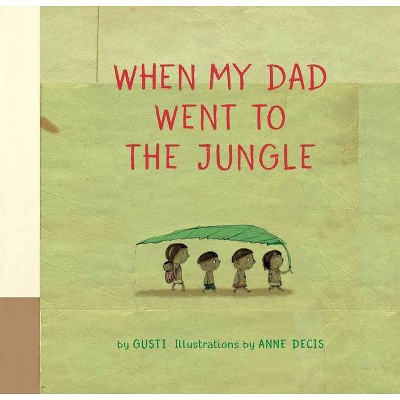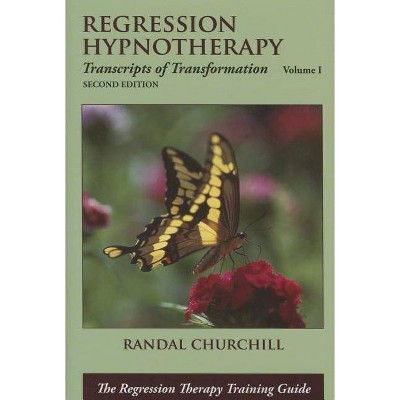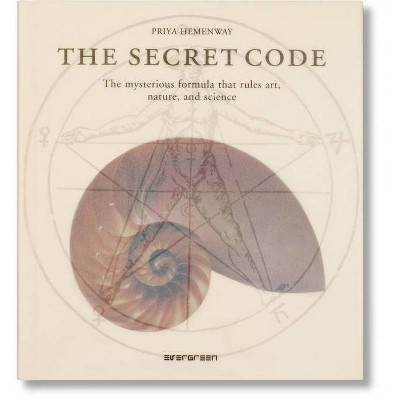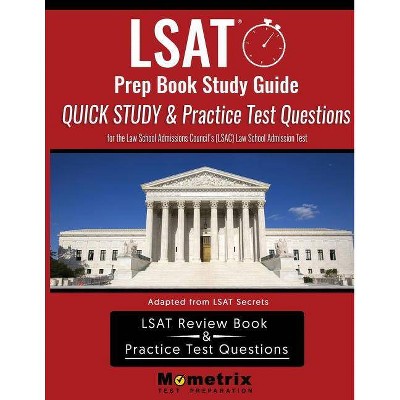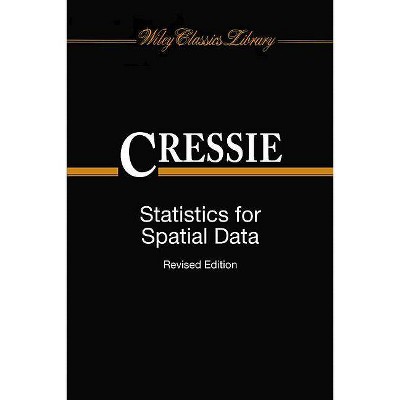Quantile Regression - by I Gusti Ngurah Agung (Hardcover)

Similar Products
Products of same category from the store
AllProduct info
<p/><br></br><p><b> About the Book </b></p></br></br>"Quantile regression aims at estimating either the conditional median or other quantiles of the response variable. Essentially, quantile regression is the extension of linear regression and we use it when the conditions of linear regression are not applicable. LS-Regressions, Ordinary-Regressions or Mean-Regressions, the Quantile-Regressions (QRs) can be classified into three groups. The first group consists of the QRs with categorical variables, caller ANOVA QRs, where ordinal variables are treated as nominal variables and the numerical independent variables (IVs) are transformed to ordinal variables. The second group consists of the QRs with numerical variables, where the ordinal variables are treated as the numerical IVs. The third group consists of the various interaction QRs with numerical and categorical IV, where the ordinal variables can be treated as either numerical or nominal categorical IVs. Applications of Quantile Regression of Experimental and Cross Section Data using EViews presents examples of statistical results of various QRs in order to display their richer characteristics, based on the LS-Regression, Ordinary-Regressions, or Mean-Regressions. It offers instructions how to develop the best possible QRs and how to present more advanced analysis by using the Quantile Process, the Wald test, the Redundant Variables test, Omitted Variables Test, and forecasting, as well as to draw the best conclusions from results. A mathematical knowledge of quantile regression is not necessary so this book is applicable to students and lecturers in statistics, data analysis and engineering"--<p/><br></br><p><b> Book Synopsis </b></p></br></br><b>QUANTILE REGRESSION</b> <p><b>A thorough presentation of Quantile Regression designed to help readers obtain richer information from data analyses</b><p>The conditional least-square or mean-regression (MR) analysis is the quantitative research method used to model and analyze the relationships between a dependent variable and one or more independent variables, where each equation estimation of a regression can give only a single regression function or fitted values variable. As an advanced mean regression analysis, each estimation equation of the mean-regression can be used directly to estimate the conditional quantile regression (QR), which can quickly present the statistical results of a set nine QR(τ)s for τ(tau)s from 0.1 up to 0.9 to predict detail distribution of the response or criterion variable. QR is an important analytical tool in many disciplines such as statistics, econometrics, ecology, healthcare, and engineering.<p><i>Quantile Regression: Applications on Experimental and Cross Section Data Using EViews</i> provides examples of statistical results of various QR analyses based on experimental and cross section data of a variety of regression models. The author covers the applications of one-way, two-way, and n-way ANOVA quantile regressions, QRs with multi numerical predictors, heterogeneous QRs, and latent variables QRs, amongst others. Throughout the text, readers learn how to develop the best possible quantile regressions and how to conduct more advanced analysis using methods such as the quantile process, the Wald test, the redundant variables test, residual analysis, the stability test, and the omitted variables test. This rigorous volume: <ul><li>Describes how QR can provide a more detailed picture of the relationships between independent variables and the quantiles of the criterion variable, by using the least-square regression</li><li>Presents the applications of the test for any quantile of any numerical response or -criterion variable</li><li>Explores relationship of QR with heterogeneity: how an independent variable affects a dependent variable</li><li>Offers expert guidance on forecasting and how to draw the best conclusions from the results obtained</li><li>Provides a step-by-step estimation method and guide to enable readers to conduct QR analysis using their own data sets</li><li>Includes a detailed comparison of conditional QR and conditional mean regression</li></ul><p><i>Quantile Regression: Applications on Experimental and Cross Section Data Using EViews </i>is a highly useful resource for students and lecturers in statistics, data analysis, econometrics, engineering, ecology, and healthcare, particularly those specializing in regression and quantitative data analysis.<p/><br></br><p><b> From the Back Cover </b></p></br></br><p><b>A thorough presentation of Quantile Regression designed to help readers obtain richer information from data analyses</b></p><p>The conditional least-square or mean-regression (MR) analysis is the quantitative research method used to model and analyze the relationships between a dependent variable and one or more independent variables, where each equation estimation of a regression can give only a single regression function or fitted values variable. As an advanced mean regression analysis, each estimation equation of the mean-regression can be used directly to estimate the conditional quantile regression (QR), which can quickly present the statistical results of a set nine QR(τ)s for τ(tau)s from 0.1 up to 0.9 to predict detail distribution of the response or criterion variable. QR is an important analytical tool in many disciplines such as statistics, econometrics, ecology, healthcare, and engineering.</p><p><i>Quantile Regression: Applications on Experimental and Cross Section Data Using EViews</i> provides examples of statistical results of various QR analyses based on experimental and cross section data of a variety of regression models. The author covers the applications of one-way, two-way, and n-way ANOVA quantile regressions, QRs with multi numerical predictors, heterogeneous QRs, and latent variables QRs, amongst others. Throughout the text, readers learn how to develop the best possible quantile regressions and how to conduct more advanced analysis using methods such as the quantile process, the Wald test, the redundant variables test, residual analysis, the stability test, and the omitted variables test. This rigorous volume: </p><ul><li>Describes how QR can provide a more detailed picture of the relationships between independent variables and the quantiles of the criterion variable, by using the least-square regression</li><li>Presents the applications of the test for any quantile of any numerical response or -criterion variable</li><li>Explores relationship of QR with heterogeneity: how an independent variable affects a dependent variable</li><li>Offers expert guidance on forecasting and how to draw the best conclusions from the results obtained</li><li>Provides a step-by-step estimation method and guide to enable readers to conduct QR analysis using their own data sets</li><li>Includes a detailed comparison of conditional QR and conditional mean regression</li></ul><p><i>Quantile Regression: Applications on Experimental and Cross Section Data Using EViews </i>is a highly useful resource for students and lecturers in statistics, data analysis, econometrics, engineering, ecology, and healthcare, particularly those specializing in regression and quantitative data analysis.</p><p/><br></br><p><b> About the Author </b></p></br></br><p><b>I Gusti Ngurah Agung, PhD, </b> The Ary Suta Center, Jakarta, Indonesia. Professor Agung taught at the State University of Makassar from 1960-1987, and at the University of Indonesia from 1987-2018. His research has focused on finding expected or unpredictable statistical results based on various models of time series, cross-section, experimental data, and panel data models. In addition, he is also interested in cross-section data over times and a special or uncommon panel data in indexes.</p>
Price History
Price Archive shows prices from various stores, lets you see history and find the cheapest. There is no actual sale on the website. For all support, inquiry and suggestion messagescommunication@pricearchive.us

